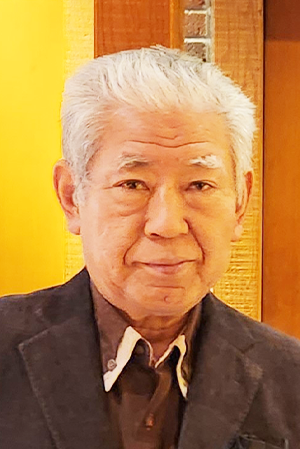橋本正弘先生

Mr.Masahiro Hashimoto
Mr. Hashimoto serves as the president of the Japan Osteopathic Association and actively participates in a wide range of seminars both domestically and internationally. Through these training programs, he has acquired deep knowledge and skills in osteopathy, enabling him to provide treatments that cater to a broad age range of patients.
From 2000 to 2010, Mr. Hashimoto attended the Institute of Classical Osteopathy in the UK, where he deepened his expertise and skills in classical osteopathy. By integrating the latest osteopathic techniques with classical approaches, he has contributed significantly to the health recovery of many patients.
In addition to his clinical work, Mr. Hashimoto is dedicated to fostering the next generation of practitioners by utilizing his expertise and extensive experience in educational settings.
Qualifications
Anma, Acupuncture, and Moxibustion Practitioner (Graduated from Kansai College of Acupuncture, Moxibustion, and Judo Therapy in 1969, Certified in 1969)
Judo Therapist (Certified in 1971)
MRO(J) (Certified in 1998)
Career History
1968: Certified in Anma, Acupuncture, and Moxibustion
1969: Certified in Acupuncture and Moxibustion
1971: Graduated from Kansai College of Acupuncture, Moxibustion, and Judo Therapy
1971: Certified in Judo Therapy
1977: Joined the Japan Osteopathic Association
1997: Studied under Masahide Koga for 20 years
1998: Certified in MRO(J)
2012: Appointed President of the Japan Osteopathic Association
Membership
Japan Osteopathic Association (Joined in 1977)
Professional Experience
Clinic Director at Yeast Room, specializing in osteopathic treatment (Established in 1977)
Director at the Japan Osteopathic Union
President and Lecturer at the Japan Osteopathic Association
Lecturer at the Japan Osteopathic Academy (2006–2018)
Courses Taught
Classical Osteopathy
About Classical Osteopathy
History
Osteopathy, founded by A.T. Still, is based primarily on principles centered on anatomy, with research focusing on how stress affects blood and nerve functions. J.M. Littlejohn, who studied basic medical sciences (including forensic medicine) before learning osteopathy, further advanced A.T. Still’s research, especially from a physiological standpoint. The deeper his research progressed, the more he understood that the human body functions as a unified whole. J.M. Littlejohn treated constitutional diseases from a constitutional perspective. He brought his knowledge from the United States back to the UK and helped to disseminate it.
One of his students was Mr. John Wernham, who was both a student and a lifelong supporter of J.M. Littlejohn. Mr. Wernham made significant and dedicated contributions to the field of osteopathy. Together with T.E. Hall, D.O., Mr. Wernham founded the Applied Osteopathy Institute in 1950, which was later renamed the Institute of Classical Osteopathy, continuing to this day.
